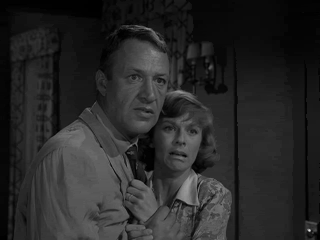CPseudonym
Moderator Emeritus
LOL! On behalf of the moderators let me say, Thanks for the plug RTF! We,ve been up to our collective rear ends vanquishing spammers lately. A little self moderation would be greatly appreciated around now

Gentleness with newbies is always welcome but I can't help but feel like whiskey peddler by leading folks to that section. New folks to that section would do well to read that sign on the door twice and heed the warning prior to entering though.


Gentleness with newbies is always welcome but I can't help but feel like whiskey peddler by leading folks to that section. New folks to that section would do well to read that sign on the door twice and heed the warning prior to entering though.





